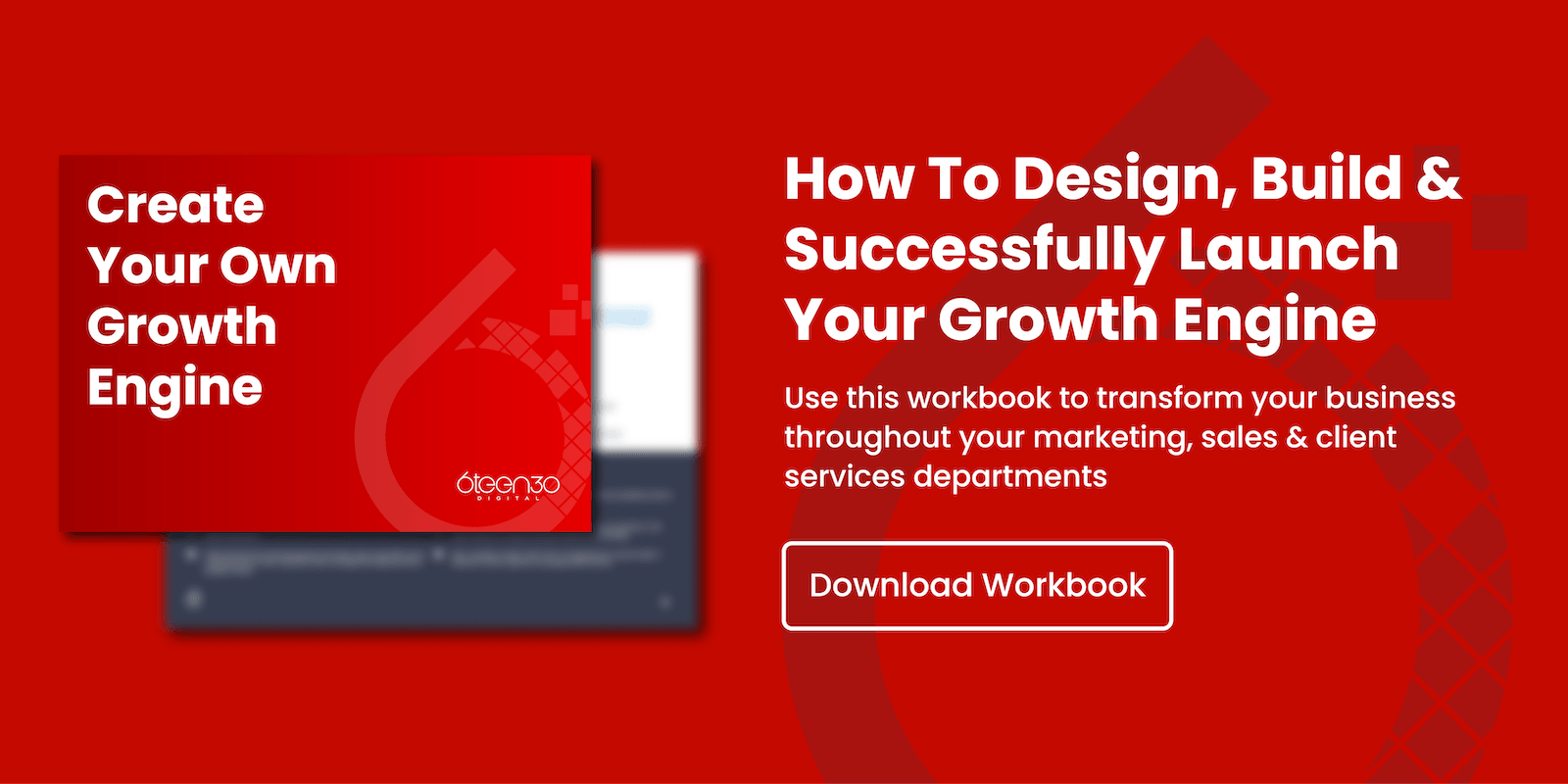EE Vs. O2
Today I'd like to get you to think about whether you are lost at sea and out of touch with both reality and your customers and potential prospects.
So recently, I visited the EE Store. And this post is all about EE versus O2.
So you might be wondering what on earth has two mobile phone companies got to do with you as a business owner being lost at sea or out of touch of reality.
Well, here's a quick backstory.
Since the late 1990s, so the thick end of 18 years, we as a business have been with O2.
Way back then, it was called BT Cellnet.
That shows you how long anybody old enough to remember BT Cellnet will know what I'm talking about here in this article.
As a digital agency we use lots of digital products that burns data.
So, the shout-out goes to the way EE has managed to win our business, and that's no mean feat after being loyal to O2 for over 18 years.
So, let's talk about the backdrop of how that's happened.
Data Is Key
So with O2 we've got four key handsets that we use for business. As I said earlier, as a digital marketer, we use lots of data, especially when we're in the States, in Europe, and things like that.
Even with the O2 business plan, eight or 16 gig of data in the UK is excellent, but what about Europe? Now, the best O2's has is one gigabyte of data, with a bit of an upgrade to two or possibly even three.
Now if you've ever been abroad, and use your data, then you'll know one gigabyte or two gigabytes, you can burn that as quickly as anything.
But for somebody like us at 6teen30 Digital, who are on laptops, and hooking up at train stations, Starbucks and everything else, data's key.
So O2's totally out of touch with the demands of the small businesses, because who doesn't use data?
We scroll with our thumbs on our phones. Data is key. Unlimited calls and unlimited texts. Well, now, that's important, but it's not as important as data.
Being Excuse Driven
So, we went back to our Customer Account Manager at O2. We explained the situation. Big conglomerate being O2, they don't make outbound calls, you have to call them. Go through 10 different levels of options here and options there, wait 29 minutes to get a call answered.
All the things that if you applied in your business, well, you're probably out of business, because your customers wouldn't put up with it.
So we finally get through, and we speak to Retentions, and they're trying to say to us, "Well, you've been with us a while.
"We can bolt you on. "How often do you go into Europe and the States for the data and call businesses in the UK?"
And while all that is true, they were using a tactic to try and justify why their product and service wasn't meeting what I call the demands of the digital world today, as opposed to trying to solve it.
Problem Solving
The other side of that coin is we called EE, and we, instead of speaking to a call centre, we got put through to a local business specialist, and a big shout-out to a guy called Alex Worth at Sheffield, who's the EE Business Account Manager.
Even though EE is a significant company, potentially also owned by BT still, I accept that, but we got that local business feel. Alex took time to qualify us, found out what was necessary, and matched a plan.
To remind you, with EE, we had 16 gigabytes of data in the UK, and one cost upgrade for two or three gigabytes of data in the EU and States. Alex has put us a deal together where I get 16 gigs of data in the UK, and also 16 gigs of data in the EU, and for less money than O2 would charge us for their substandard product.
Now, as I said earlier, I'm not bashing O2 here, and the product is what it is, and I'm sure they've had a lot of happy customers, or still have a lot of satisfied customers.
Up until this situation, we've been a satisfied customer for years, but today, our business model's changed, and this is the point I want you guys to start thinking about in this article.
Customer Focus
Our business model has changed where our demands for data far outweigh the needs for calls and texts.
So I want you to start thinking about how have your customer's requirements changed? It doesn't matter whether you're a service-based business or anything.
How have your customers' demands changed, and how good is your product and service to meet those new demands?
If you are not keeping a close eye on what your customers want, what the marketplace wants, and checking the acceptability of your product to be able to match that with their demands, then there's a good chance they're going to go elsewhere.
As soon as your customers start to lose that trust or, maybe not trust, but forget that loyalty with you, then they do start looking elsewhere.
There is a previous blog post I've done about competitors, running a competitor analysis, and you want to maybe check that out as well.
But, in reality, if you're a company lost at sea, you're out of touch with your customers.
There's a good chance that they're going to find a company who will be able to serve their needs, one who will be able to give them not only a better product or service at a more competitive price and you lose their business.
Questions To Ask Yourself & Possible Solutions
So, heres a quick test, Ask yourself: how fit for purpose is my products and service?
How is my sales process?
And even though we're now dealing with EE, we still got to deal with a local business specialist.
It felt so much better than this multi-site conglomerate corporate, where you wait 29 minutes and 46 seconds precisely before the Retentions Team at O2 answer the call, having to go through holding and waiting times and things like that.
So, please take a look at it, put it on the whiteboard, start to plot out what your customers require.
In our case, we wanted more data and not phone calls and texts. Can you believe that O2 don't have a data plan that matches EE in a competitive data market?
So, how out of touch are you?

Get your team together, or sit down with the whiteboard, draw it out, look at your products and services, look at your customer base, see where the matches or the gaps are, and start to improve that.
Then once you have refined it, promote it out. Tell your customers about your new products and services, things like inside HubSpot. You can do a quick broadcast, email out.
For example this morning alone, I've sent out 1,100 emails, and it took me three and a half minutes to build the template, and schedule it out at 11:00 AM and 11:15 AM, I hit 1,100 people's inboxes with a product, to tell them about a new service that we've got.
So that's how powerful that can be.








%20-%20Teal.png?width=500&height=130&name=Force%20%26%20Friction%20-%20Branding%20-%20Logo%20(White)%20-%20Teal.png)